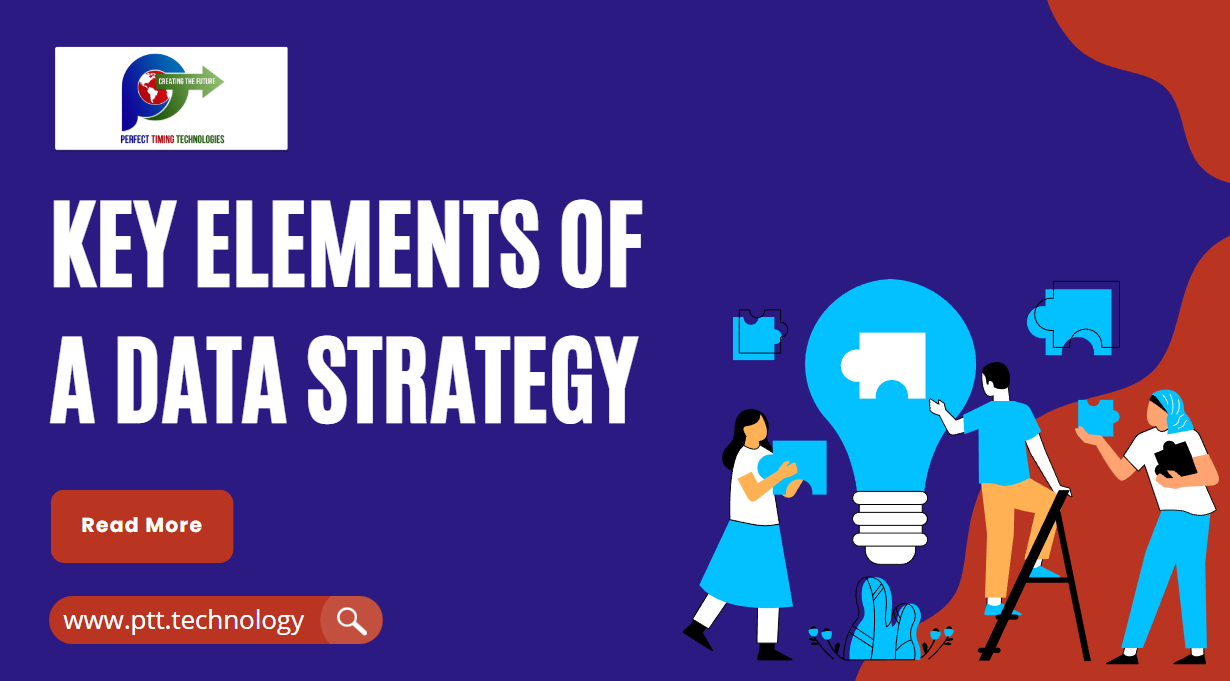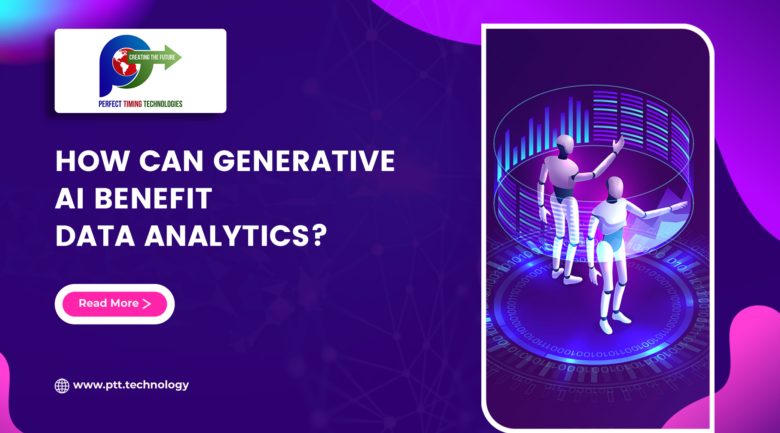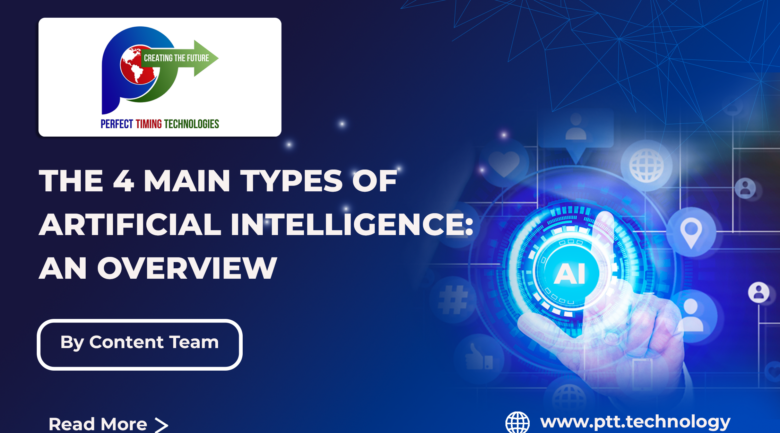
Modern business organizations are making huge investments in data and analytics but are still prone to data handling issues. These obstacles include inefficient data management, inaccurate data, and a lack of meaningful data insights. All such obstacles get in the way of making the most of your company’s data potential.
A successful data strategy enables businesses to make well-informed decisions based on data analysis, not just vague intuitions. A good data strategy helps overcome obstacles and also become a data-driven organization.
Just having data is not all. You require a strategy to efficiently use it to draw meaningful outcomes that align with larger business goals. A data strategy enables your organization to become more productive, enhances effectiveness, and makes it more competitive.
Let’s find out the vital components of an effective data strategy-
Work towards Bigger Business Goals: A data strategy must always work towards achieving bigger business goals. The data initiatives must align with your overall business strategy to bring more value and move forward successfully. By integrating data initiatives into company goals, you prioritize data-driven processes making the whole organization win.
Here are a few ways to successfully align your data strategy with overall business goals-
- Determine various business aspects that can positively be affected by data and analytics.
- Dive into different departments and how individual activities sync with your business goals.
- Find out how your organization’s data add value to specific business goals.
Evaluate Data and Analytics Maturity Level: Before defining future goals, it is essential to know the current data analytics maturity level. It would help you set goals that are easy to achieve and make your business more data-driven. Gartner categorized modern analytics into four types – descriptive, diagnostic, predictive, and prescriptive. To know the maturity level of your data and analytics, you need an inventory of tools, technologies, and solutions used within your company. Moreover, it requires an overview of data infrastructure and your current data architecture. You also need to assess the organizational processes and individual employee skills related to data and analytics.
Data and Analytics maturity level serves as a benchmark to examine the progress of various projects with increased capabilities backed by data strategy.
Choose Data Architecture and Technology Combo: It is often difficult to choose which technology best suits your business needs. The modern market is full of choices wherein it becomes difficult to adopt a one-vendor approach. While selecting the best option, you must consider how the new tools make your employees more data-driven. The technology solution you choose should be relevant, accessible, and performance-driven. Next, you shall discover well-established methodologies and apply proven data architecture and tech combos that work well. There are many stages data has to go through during its lifecycle to become Analytics ready. Each data lifecycle stage must have the right technology and processes to maintain data integrity and generate the most value. Remember that the technological tools you choose are integral to your data architecture.
The Right Data Analytics Team: The right Data Analytics team will have the right individuals placed in the specific department to ensure the successful implementation of technology and processes. To build the best Data Analytics team, first, you need to identify your operating model that dictates team structure and how they work together to meet overall business goals. Usually, there are three operation models – decentralized, centralized, and hybrid. Next, you should make an assessment of individual teams and the skills they possess. This assessment must answer significant questions regarding IT and data analysis. You can later utilize these findings to motivate your employees to use data efficiently in the best interest of your organization.
Develop a Successful Data Strategy Roadmap: A data strategy roadmap is the collection of all the work done to date and how it was made actionable. A data strategy roadmap is a document that outlines the steps and actions a company or organization plans to take to effectively manage, analyze, and utilize its data. It serves as a blueprint for aligning data initiatives with overall business objectives and typically includes a timeline, budgets, resource requirements, and metrics for measuring success. The roadmap outlines the current state of data management, identifies areas for improvement, and lays out a plan to achieve long-term goals and objectives related to data.
Final Thoughts
A Data Strategy is a long-term plan for all your data and analytics business needs. It draws a holistic picture of an organization’s staff, processes, and technology. The above-mentioned crucial elements of data strategy will help you overcome data challenges, make better business decisions, and fulfill your business needs.







